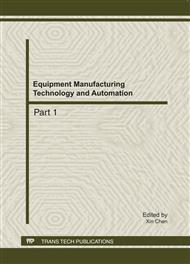p.2258
p.2266
p.2271
p.2278
p.2284
p.2289
p.2293
p.2297
p.2302
Prediction of the Aerodynamic Acoustic Power Contribution on Automobile’s Surface Based on Curle’s Integral in Broadband Noise Source Models
Abstract:
The Aerodynamic noise, which is generated by the moving vehicle at high speed, is a kind of broadband noise. This paper dwelled on the Ligthill’s Acoustic Analogy firstly, and applied the realizable k-ε turbulence model to simulate the external steady flow field of automobile, so as to get the distribution characters of statistical turbulence quantities based on the Reynolds-averaged Navier-Stokes (RANS) equation. Then the Curle’s Integral in Broadband Noise Source Models was utilized to predict the local aerodynamic acoustic power contribution on automobile’s surface, which is helpful to the farther research work in the vehicle body optimization design based on aerodynamic noise controlling. The results shows that: The aerodynamic acoustic power contribution regions on surface mainly distribute near the automobile’s head and tail; and the maximum SAPL (Surface Acoustic Power Level) value is up to 83.15 dB in the vicinity of the rear wheel hub when the vehicle speed is 120km/h; the higher the speed of automobile, the more scattered the distribution of main aerodynamic acoustic power on automobile’s surface.
Info:
Periodical:
Pages:
2284-2288
Citation:
Online since:
August 2011
Authors:
Price:
Сopyright:
© 2011 Trans Tech Publications Ltd. All Rights Reserved
Share:
Citation:


